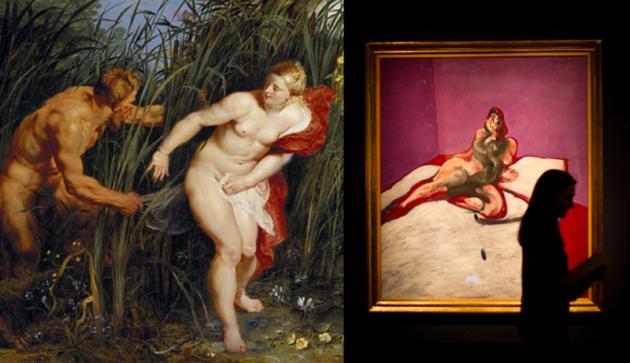The Royal Academy is to present the first blockbuster of the year, and expectations are high for this exhibition of Flemish baroque painter Peter Paul Rubens – an artist who painted everything from family portraits to ceilings including at Banqueting House in Whitehall. But the artist is known for his feast of colour, violence, eroticism and history that entranced the rulers who paid him to decorate palaces across early 17th-century Europe, and not least his sensuously fleshy female nudes and the term they spawned: ‘Rubenesque’.
The artist was also a scholar, a self-made gentleman and noted diplomat who used his connections with royal patrons to broker deals on behalf of European powers. From the French Romantic painter Delacroix, whose works owe Rubens everything, to Picasso, who claimed to dislike Rubens but was obviously influenced by him, this exhibition promises to be a truly stupendous celebration of a the artist’s onfluence; the exhibition will look at how Rubens has inspired of great artists during his lifetime and over the proceeding centuries. Expect works by Van Dyck, Watteau, Turner, the aforementioned Delacroix, and Picasso, Manet, Cézanne, Renoir, and Klimt as well, of course, as masterpieces by the Rubens himself.
Also as part of this landmark exhibition, the British artist and Royal Academician Jenny Saville will curate ‘La Peregrina’, a personal and contemporary response to Rubens and His Legacy. For La Peregrina, Saville has chosen a selection of works by major 20th and 21st century artists. As well as paintings by Willem de Kooning, Pablo Picasso, Francis Bacon, and Lucian Freud, plus new work created by Saville especially for the occasion – all in juxtaposition to the The Rubens blockbuster.
Jenny Saville is best known for her own large-scale ‘Rubenesque’ oil paintings of female figures. With a focus on the flesh and scale of the human figure, extremities of anatomy and the grotesque, the artist’s work certainly invokes the influence of Rubens. Although Saville’s chosen method is traditional, the artist has gone some way to reinvent figurative painting and regain its position.
Known primarily for her large-scale paintings of nude women, Saville emerged as a Young British Artist (YBA) with works featuring distorted flesh, and her painterly style has been compared to that of Lucian Freud, as well as Rubens. Francis Bacon was also an understandable influence. The artist’s chosen works to juxtapose with the great master include her fellow YBA Sarah Lucas; and will focus on the artist’s influence on 20th and 21st century artists.
“Whether you think you like Rubens or not, his influence runs through the pathways of painting. Like Warhol, he changed the game of art.” – Jenny Saville RA
From 24 January to 10 April, Royal Academy, London.

